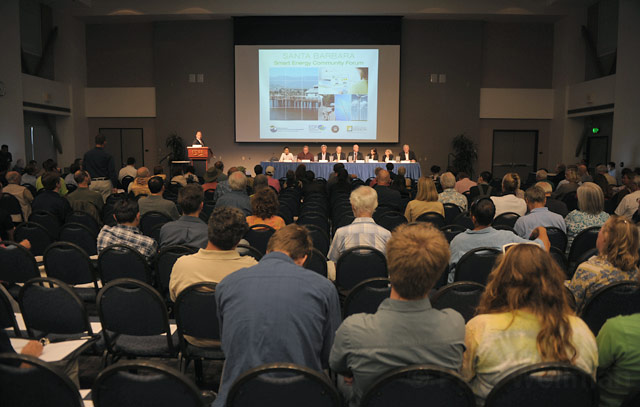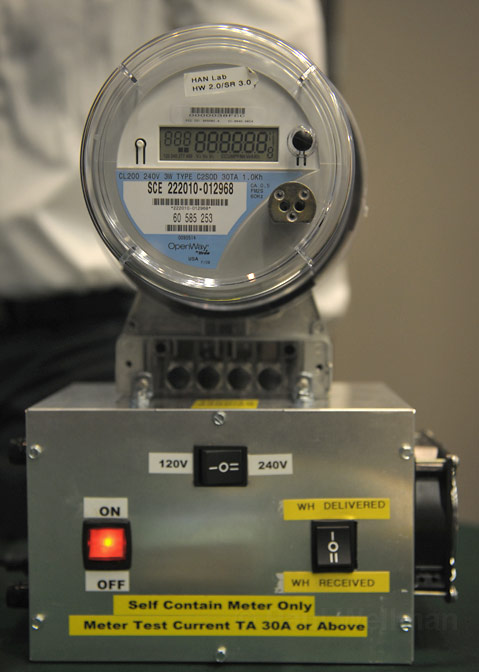Undumbing the Grid
Panelists Voice Support for Smart Meters

Talks over a new form of wireless, household energy monitor — or smart meter — continued Tuesday at a community forum held at UCSB and sponsored in part by Southern California Edison and the Santa Barbara Chamber of Commerce. The new meters, which have seen implementation in numerous counties along the South Coast, provide both electric companies and consumers with up-to-date, online information on their energy usage, and aim to reduce consumption by up to 12 percent. Despite the reported efficiency benefits, many homeowners have rallied against the new technology, raising concerns of privacy, pacemaker interference, and radio-wave exposure.

Tuesday’s panel, which included representatives from Edison and various community organizations, voiced its support for the meters, which will increase consumer billing by 1.6 percent before being incorporated into Edison’s standard rate. “The current power grid system is not only dumb; it’s dangerous,” said Lauren Navarro, an attorney with the Environmental Defense Fund. “This is a huge opportunity that we can’t afford to waste.” Jim Dewey, the city’s facilities and energy manager, pointed to the cost and environmental benefits of the technology. “We are dangling out on the very end of Southern California Edison’s distribution system. There are benefits both region-wide and for your personal benefit to save energy.”
Edison representative Jack Sahl addressed public fear over health risks, likening radio-wave exposure to that of a cell phone. “The system has been designed to use exposures far below levels of concern,” he said. “We are confident that the design of the system is performing to its specifications.” As it stands, the $1.6-billion project will be scrutinized locally through a workshop process in September to discuss an “opt out” option — a privilege not currently offered in any California county.



